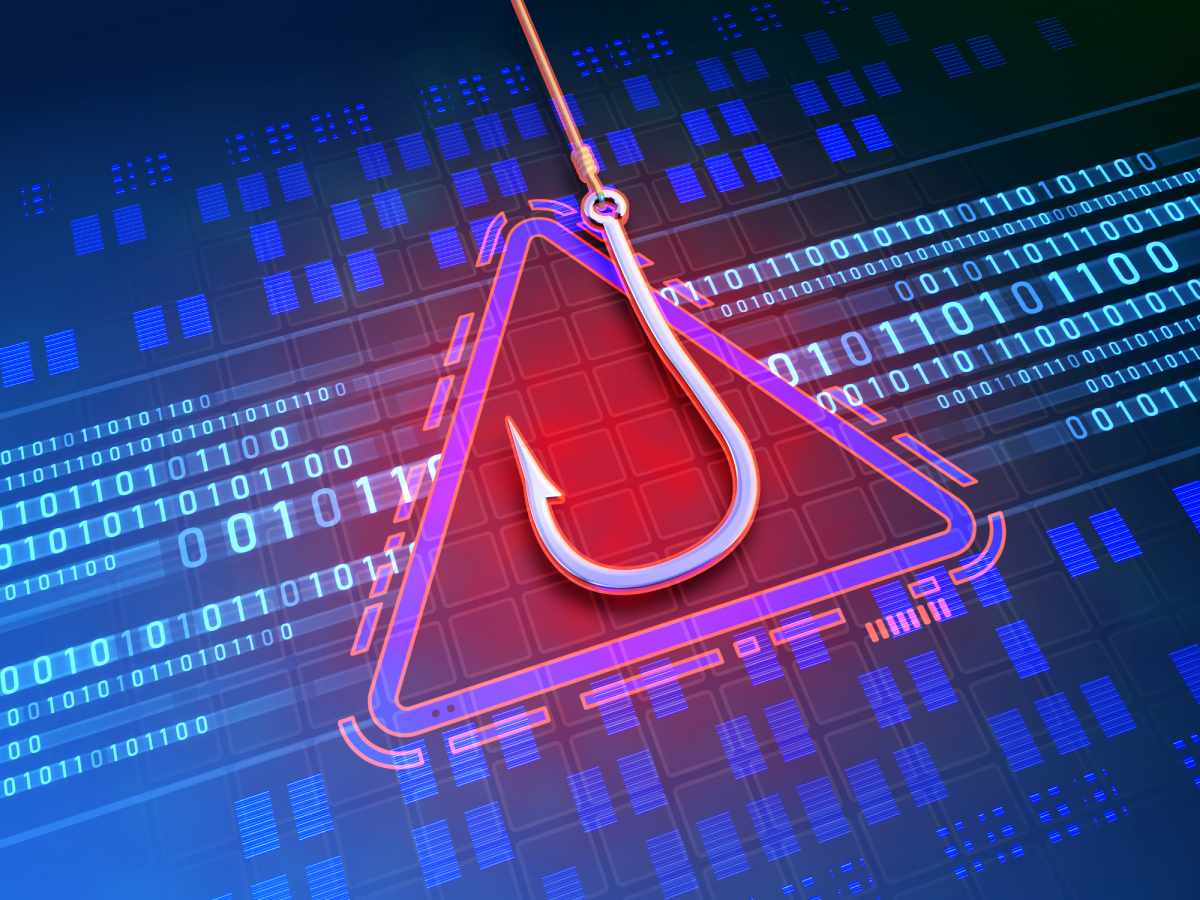Knowledge Center
Cybersecurity is constantly evolving. As new types of cyber security threats emerge, security measures are updated in a continuous cycle.
In 2022, the average total cost of a data breach was 4.35 million, and 83% of organizations had more than one breach, according to data from IBM. Being proactive about threats to cyber security is paramount for safeguarding customer information, your brand’s reputation, and, of course, your bottom line.
Read on to learn more about the top cyber security threats to businesses in 2023 so you can be prepared.
Top 10 Cyber Security Threats to Businesses
Cyber attacks are becoming more advanced. While there are plenty of new cyber security threats, even more “traditional” schemes like phishing attacks are becoming harder to detect.
According to the U.S. Small Business Administration, small businesses are especially attractive targets of cyber attacks because they have information that cyber criminals want and may not have the security infrastructure in place to protect them.
Here are a handful of the top cyber security threats your business should be on the lookout for.
1. Ransomware Attacks
This falls under the umbrella of a malware attack or software that is intentionally designed to cause damage to a system. Ransomware attacks have been on a steady rise year over year and are becoming more sophisticated to exploit a business’s cyber vulnerabilities. They then encrypt a business’s data and demand money to return it.
2. Phishing & Smishing Attacks
Phishing attacks also remain a preferred method for cyber criminals to gain access to sensitive data or install malware. Last year, IBM reported that phishing was the second most common cause of a breach.
In addition to suspicious emails, businesses should also be aware of smishing attacks. IBM defines this emerging cyber threat as, “A social engineering attack that uses fake text messages to trick people into downloading malware, sharing sensitive information, or sending money to cybercriminals.”
With so many employees still working remotely and using their personal phones to conduct business, it’s important to have safety measures in place on mobile as well.

3. Password Attacks or Compromised Credentials
Some of the top cyber security threats aren’t direct attacks, but simply oversights on the part of businesses and individuals. IBM found that the use of stolen or compromised credentials remains the most common cause of a data breach.
Once bad actors get a hold of an employee's credentials, they can wreak havoc. It’s essential for businesses to train their employees on best practices for password security and enable security measures like two-factor authentication.
4. Distributed Denial of Service (DDoS) Attacks
These types of cyber attacks can occur in an instant and overwhelm a network, system, or website with a flood of traffic. This makes the website inaccessible to users and results in severe service disruptions and financial losses for businesses that rely on web traffic.
As more businesses rely on the cloud, it’s important to be aware of DDoS attacks and their implications.
5. Cloud Vulnerabilities
Speaking of the cloud, it’s essential for businesses to understand the risks and take actions to mitigate them if they use cloud services. While utilizing cloud servers is by far more secure than saving files on hard drives, they still have their vulnerabilities.
The National Security Agency explains that misconfiguration, poor access control, shared tenancy vulnerabilities, and supply chain vulnerabilities are all possible threats to the cloud that businesses should recognize and take steps to mitigate.
6. Data Poisoning
While this isn’t your typical cyberattack, it is a top cyber security threat to be aware of. TechRepublic explains that data poisoning occurs when a malicious actor finds a way to inject corrupted data into an artificial intelligence (AI) system that will skew the results of an AI inquiry.
Since more businesses are utilizing AI for critical decision-making, they must know the risks and how to identify false or corrupt information.
7. Insider Threats
Sometimes, the bad actors are actually employees. Individuals with authorized access may use their privilege to steal sensitive data and commit fraud. This can happen intentionally or even unintentionally, like if an employee doesn’t realize they’re sharing confidential information.
Being proactive about securing training, compliance, and monitoring can help prevent these internal threats.
8. Zero-Day Attacks
Similarly to ransomware attacks, this cyber security threat takes advantage of software vulnerabilities that businesses and vendors are not aware of and have no available patch. Bad actors exploit these weaknesses before they can be fixed to cause significant damage.
Continuous updates and firewalls are some ways to prevent this type of swift and devastating attack.
9. Advanced Persistent Threats (APTs)
While most of these top cyber security threats happen quickly and take advantage of the moment, APTs rely on being undetected for long periods of time. TechTarget explains that these targeted attacks aim to gather sensitive information or perform espionage. Bad actors may use the information they collect for further threats and actions.
10. Man-in-the-Middle Attack
Cyber criminals are always finding new ways to illegally gain user credentials and workaround multi-factor authentication. Man-in-the-middle attacks work when hackers prompt users to a fake website and intercept an authentication code to gain account access, Forbes explains.
This type of cyber threat can also be used to intercept other private data from a business.
Invest in Cyber Liability Insurance Today
Along with proper training and safety precautions, one of the best ways to be proactive about these top cyber security threats is to invest in cyber liability insurance.
A cyber liability policy can help protect your business in the event you fall victim to a data breach, ransomware, phishing attack, or even a password attack. This essential insurance can help businesses overcome costly cyber attacks by covering expenses for recovering compromised data, attorney fees, forensics costs, regulatory compliance, and media communications to manage the breach.
Learn more about your options for cyber liability insurance today!
This article is not intended to be exhaustive, nor should any discussion or opinions be construed as legal advice. Readers should contact legal counsel or an insurance professional for appropriate advice.
About the Author

Segment Placement Leader
- With over 10 years’ experience in Cyber, E&O and Management Liability, Jessame leads the National Practice from the New York City region.
- Prior to working in “Financial Lines” Jessame worked in Middle Market Property/Casualty, facilitating Property, GL, and Auto placements, with a focus on large New York City Property Managers and developers, Media companies, Restaurants, and even Marine Construction.
We’re ready to help you
protect what matters most
Discuss your options for protecting your reputation and your business.

